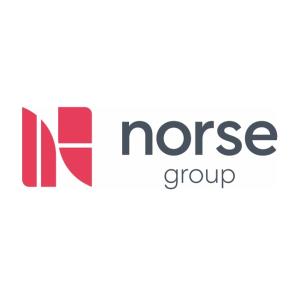
Justin Galliford
Devolution is coming, and with it local government reorganisation, which will put significant pressure on local authorities already facing major challenges. Money is tight, and there is a skills shortage which means resources are stretched.
We now know which councils are included in the first phase of LGR: a mixture of counties, unitaries and districts. And it’s clear that the task of merging them to form large unitaries – and then combined authorities – will be far from easy.
The new councils will have to integrate services, and this includes different delivery models – some inhouse, some outsourced (with different end dates for the contracts), and some via a LATCo. Bringing all of these together will be extremely challenging and require significant resources.
Flexibility will be the key to successful integration of services, and if it is handled well, there will undoubtedly be opportunities to save money.
Bringing services inhouse is fraught with risk: will the new councils have the resources and skills to integrate several different operations, using different delivery models? There is also the question of which model – DLO or LATCo. A DLO may give total control, but it brings far higher costs; and setting up a trading company is far from easy.
Partnership working may provide the answer: the LATCo Norse Group has been forming joint venture partnerships with councils for more than 20 years. This insourcing model offers significant benefits over traditional outsourcing: service changes do not require re-negotiation, and board representation means that our council partners have a direct say in how service changes are implemented, and in deciding the budget.
The new authorities will have so many things to contend with in the integration of several councils into a single body, there is a risk that frontline services will be adversely impacted; I believe that making use of partnership working offers an opportunity not just to make the transition seamless, but also to ensure long-term success.









